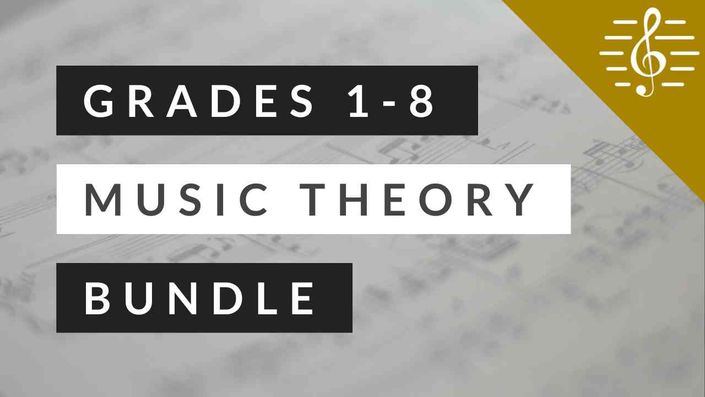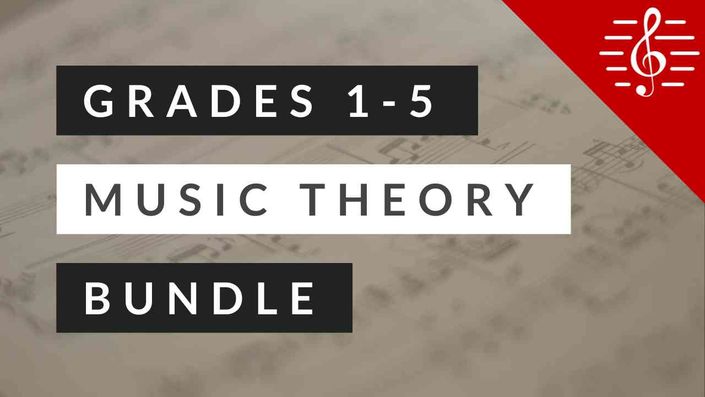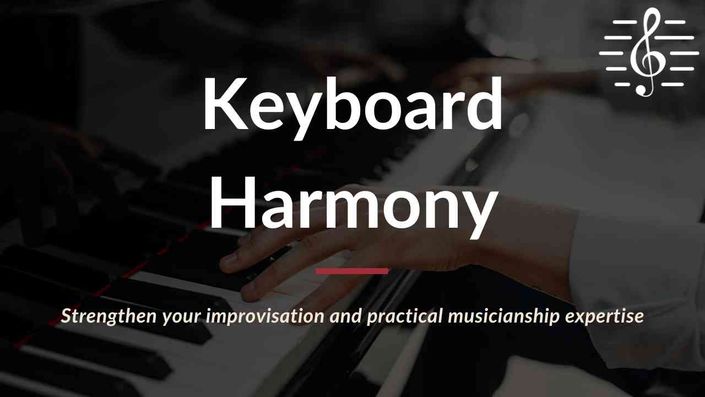Music Matters
Learn music theory, aural tests, composition, sight reading, orchestration and more! Prepare and practise for music exams and diplomas with Music Matters Courses.
View All Courses
Ready to take your music learning to the next level?
Whether you're just getting started with learning music, or you're an experienced musician looking to expand your abilities - we have something for you in our course library. With hours of step-by-step training, our courses will truly help you elevate your musicianship skills to the next level.
Featured Courses
I love these courses. Gareth makes learning easy and fun! I finally understand music!
- Amelia S.
Every course you take here is special.
They're designed to build skills to last a lifetime.
The All-Round Musician
Our courses provide all the support needed to equip you as a professional, all-round musician.
Learn From a Pro
Gareth Green has over 40 years of teaching & performing experience and is a top ABRSM Examiner.
Develop your Confidence
Build your musicianship skills to bring out the best in you as a performer, composer or teacher.
Your Next Steps
No need to spend time searching the web. You'll have everything you need at your fingertips, in the sure knowledge of reliable content.
Step-by-Step Learning
Watch the videos. Download the PDF guides. Post comments & questions. You'll get all the help you need, when you need it.
Anywhere Access
Your course never expires. Learn when and where you choose! Computer or mobile. Just get comfortable and dive in!
I just can't recommend these courses enough, things I've been trying to get to grips with for years have suddenly come into clear focus.
- Mark H.
Sign Up for our Newsletter
Sign up to receive the latest news, updates, and offers from Music Matters.




